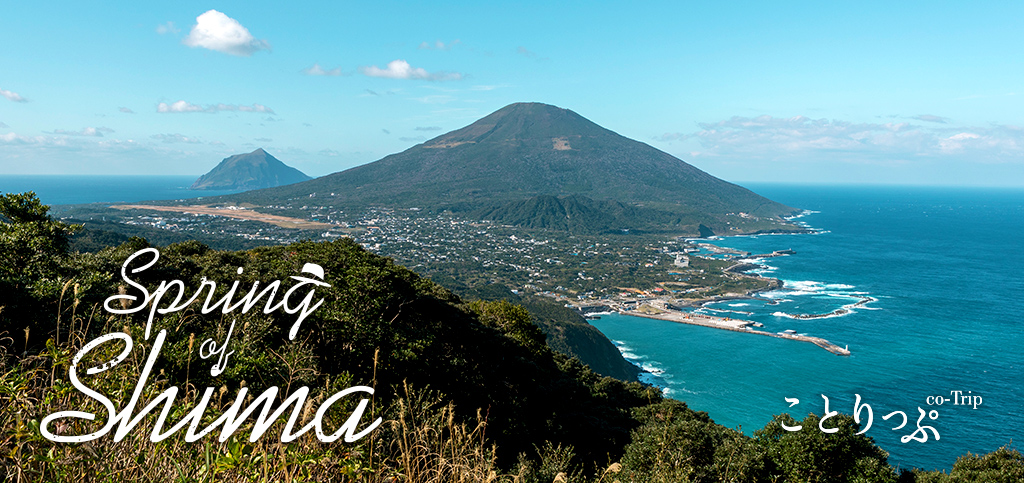
Located in the Pacific Ocean 287 kilometers south of Tokyo, Hachijojima is the southernmost island of the Izu Islands. The island has a population of about 7,300.
An airport
and village sit in the valley between two volcanoes, Mount Hachijofuji and Mount Mihara. The island's forests and surrounding ocean offer many delightful spots. The bloom of
scarlet-colored aloe in February followed in March by the bloom of colorful freesia, magnificent Oshima cherry, and other plants reflect the vitality of the island's warm spring.
Here,
the island's soft sunlight and gentle ocean breeze in spring will stir your soul.
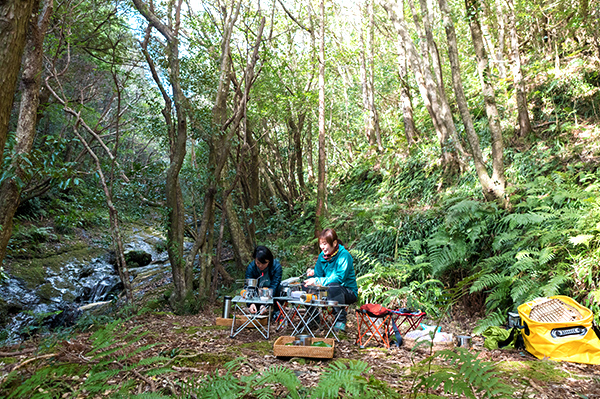
Located on the same latitude as San Diego, California, USA and the southern Mediterranean, Hachijojima is known for its warm and humid climate year round. The average high
temperature in February and March is 12 to 15°C (53 to 59°F). Even deep in the forest, the sunlight feels nice and warm.
By taking the first morning flight from Haneda
Airport, you can start the day by meeting Yuriko Orui of Natural Guide Service Shiinoki and then head off together to Mount Mihara on the island's east side.
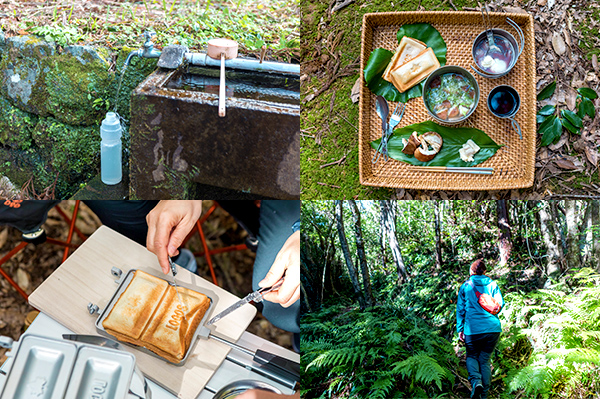
After stopping at a shrine and filling our bottles with the pure water that flows down the mountain, we walk amid the lush green nature of Mount Mihara. My guide, Ms Orui, is an
expert on the nature of Hachijojima, from the seas that surround it to the island's mountains. She kindly teaches me about the island's topography, plants, and other features.
We
make our own forest café. We take a rest in the forest and use the water collected earlier to make hot sandwiches and sweet red-bean soup. We enjoy a splendid lunch next to a
“pothole”, a hole formed by water coursing through the bedrock, while being soothed by the sound of the water.
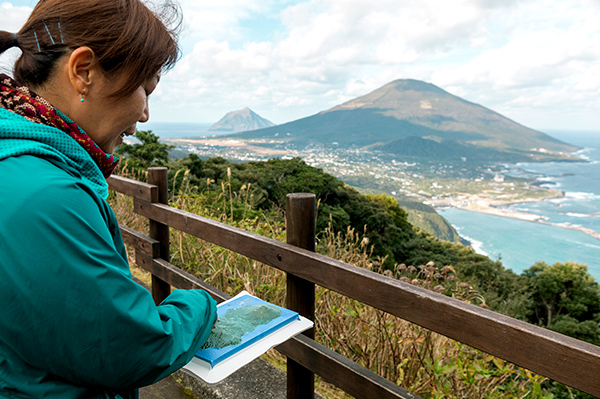
[DATA]
Nature Guide Service Shiinoki
Address:4436-38 Okago, Hachijo-cho, Hachijojima, Tokyo
Hours: 8:00~18:00(Atelier Shiinoki from 13:00)
Closed: irregular
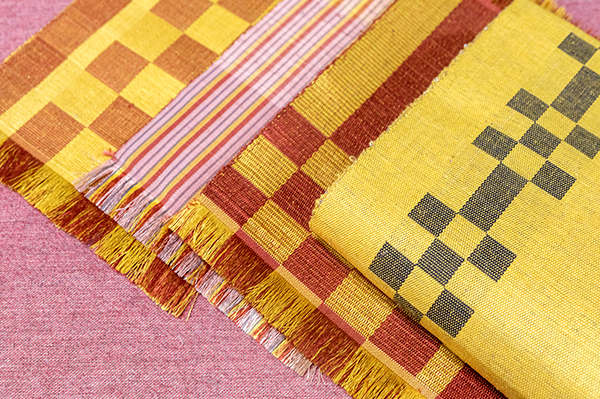
Kihachijo is a silk fabric with striking black and reddish brown plaid patterns on vivid yellow. Artisans gather native plants of Hachijojima such as Arthraxon hispidus, beech, and Machilus as well as the leaves of Japanese camellia that we come across while walking through the forest to make dye and dyeing solution. After meticulously dyeing each silk thread as many as 20 to 40 times, this rare fabric is finally ready for weaving in the loom.
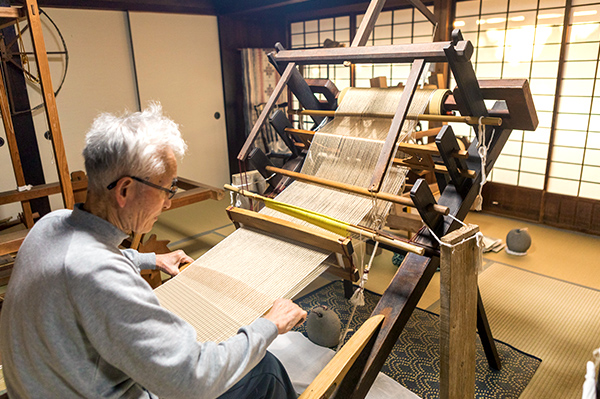
You can observe the process of making Kihachijo fabric at Kihachijo Meyu Workshop, a workshop opened by the late Meyu Yamashita, who was a Tokyo Metropolitan Area Designated Artisan Possessing an Intangible Cultural Asset. Today, this is the only place on the island that makes this precious dye, and it is only here that you can see, touch, and be captivated by the beauty of this fabric.
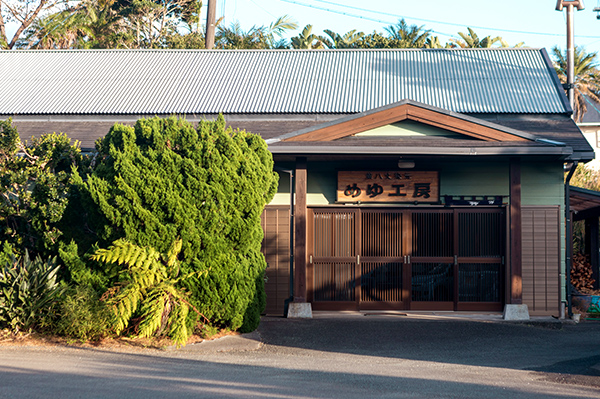
[DATA]
Kihachijo Meyu Workshop
Address:2542 Nakanogo, Hachijo-cho, Hachijojima, Tokyo
Hours: 9:00~12:00 / 13:00~17:00
Closed:Open every day